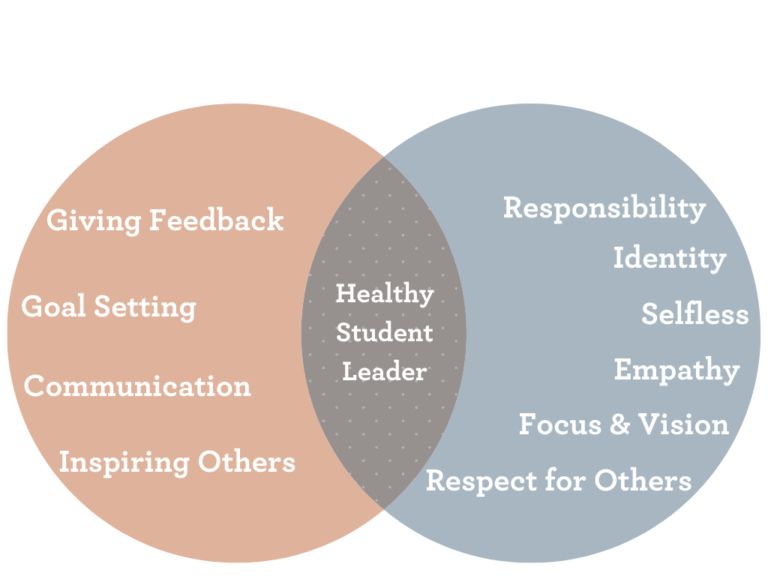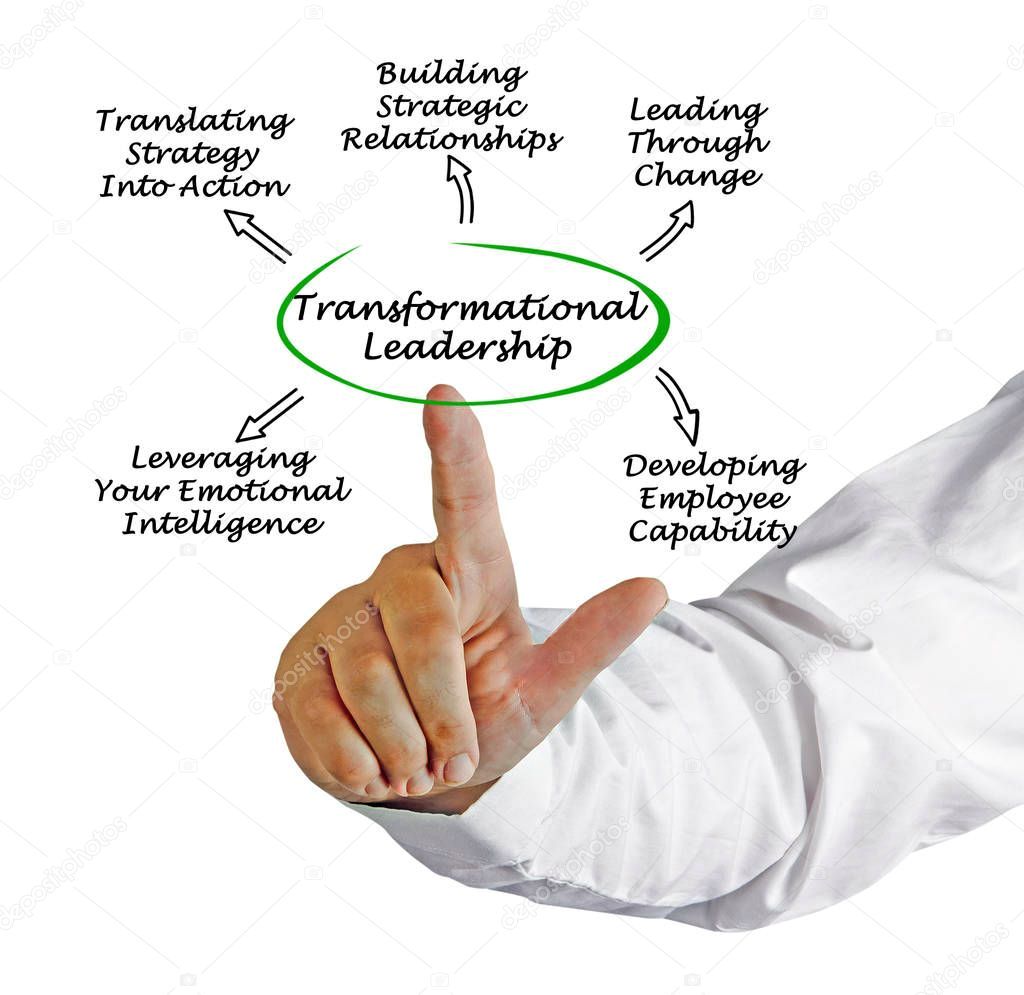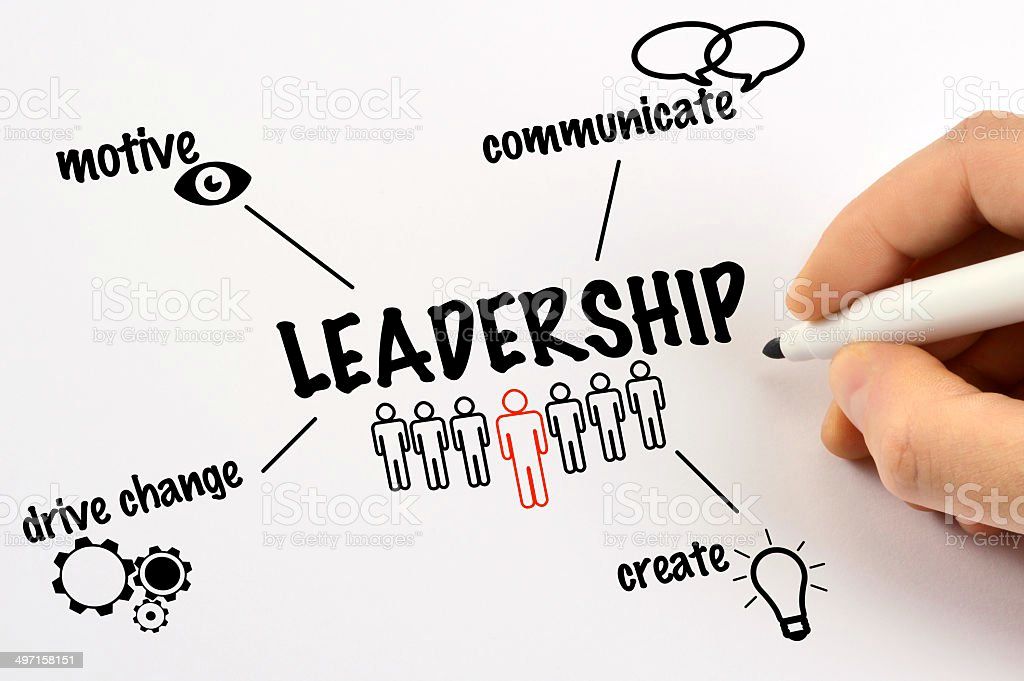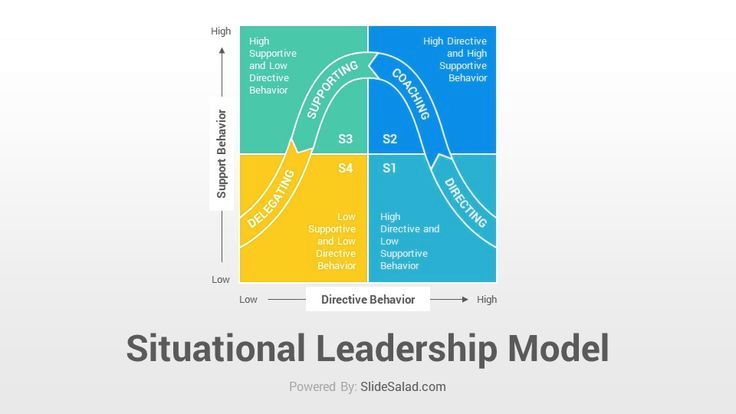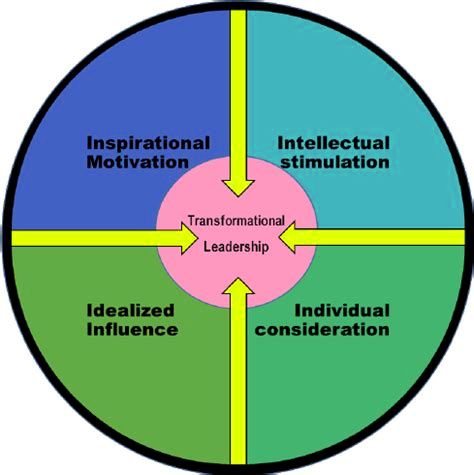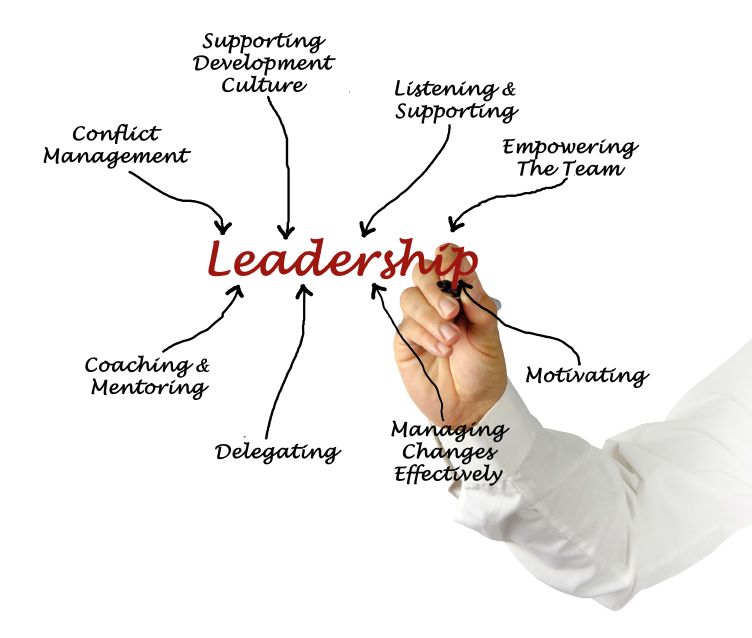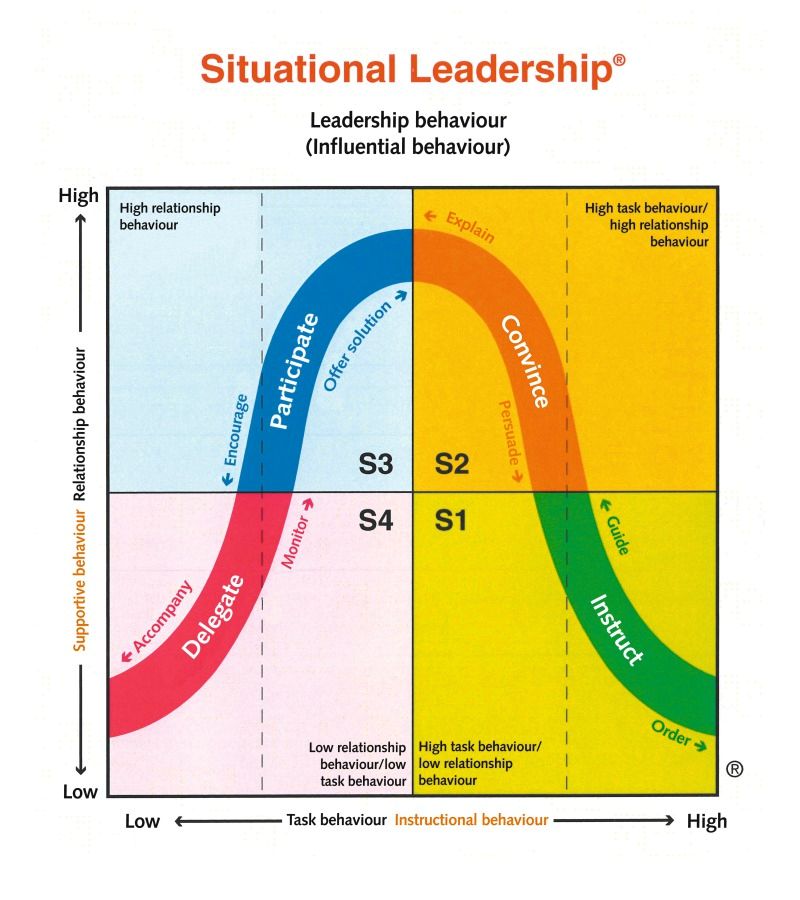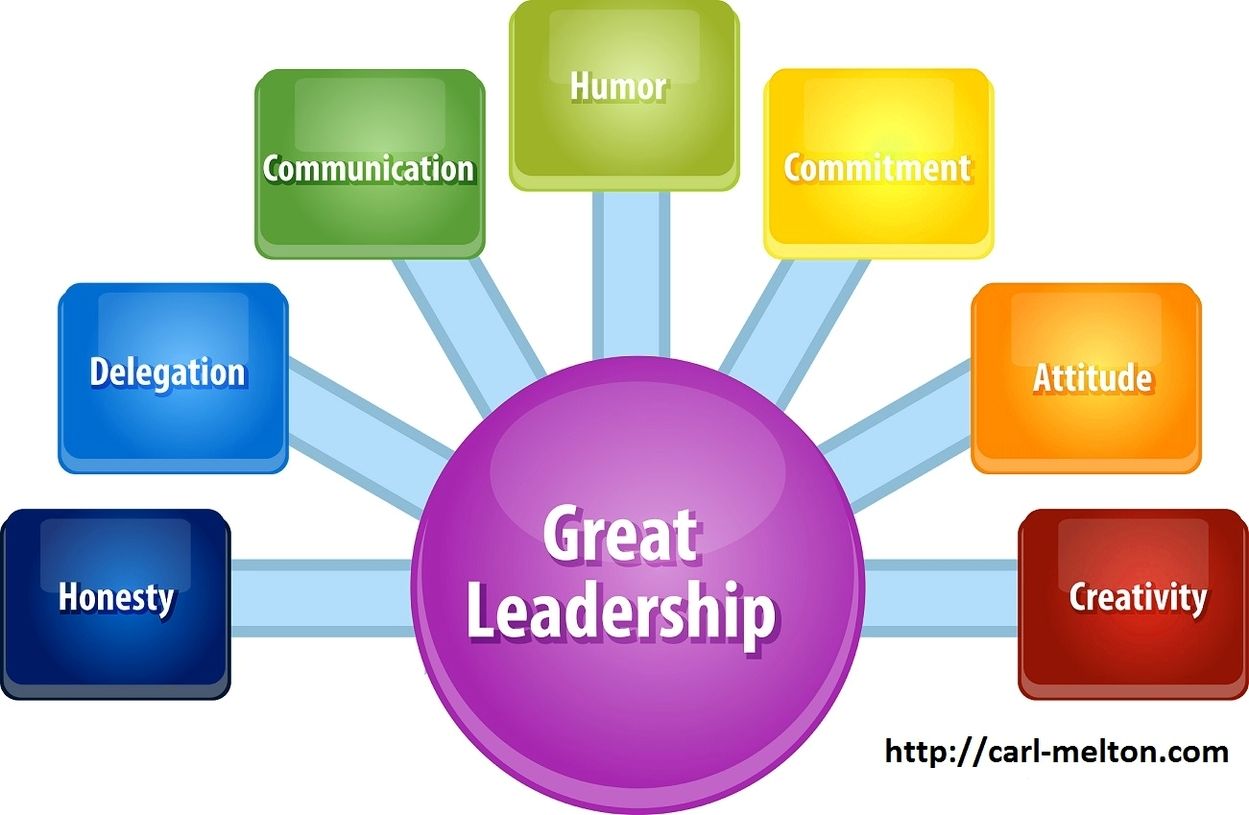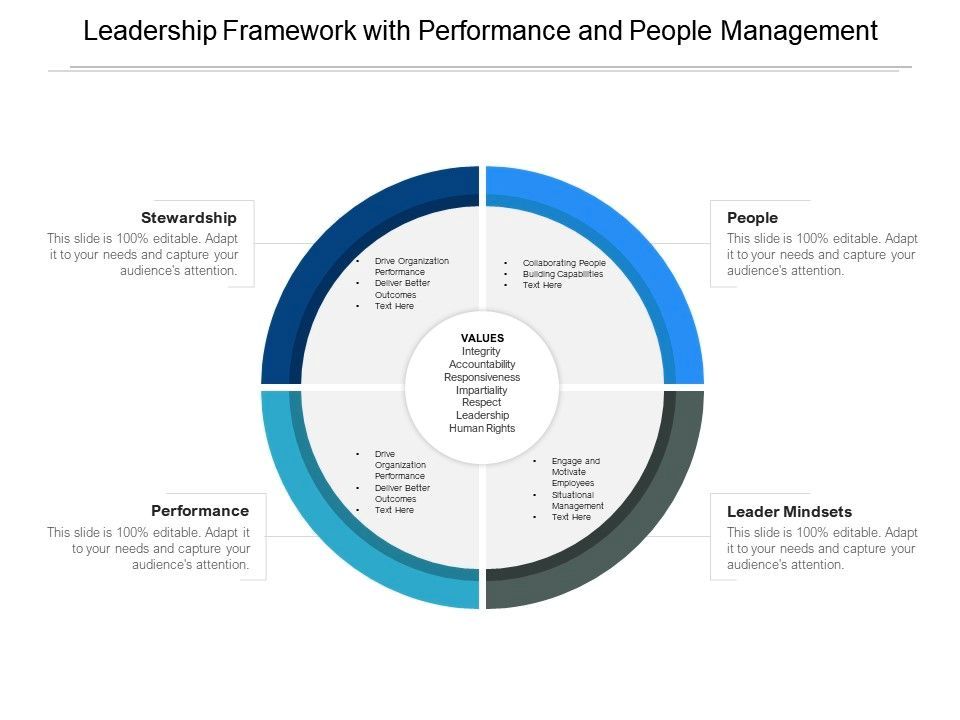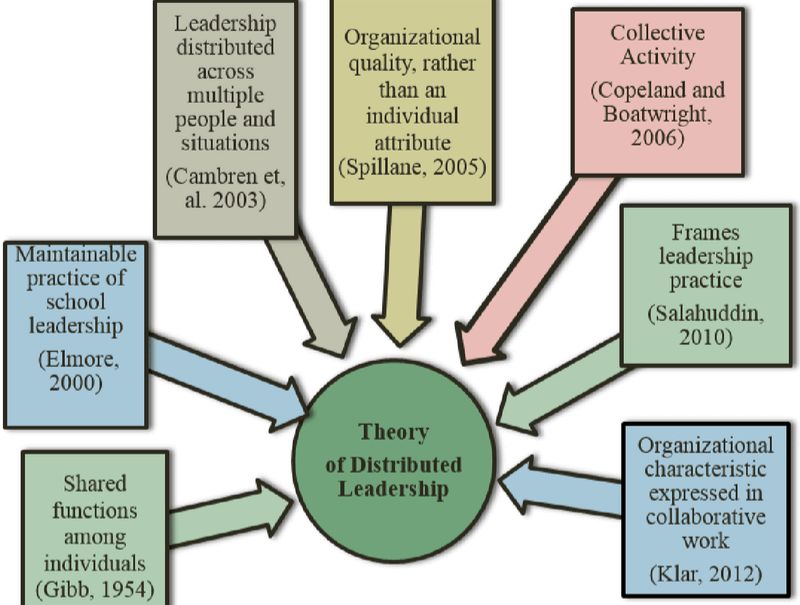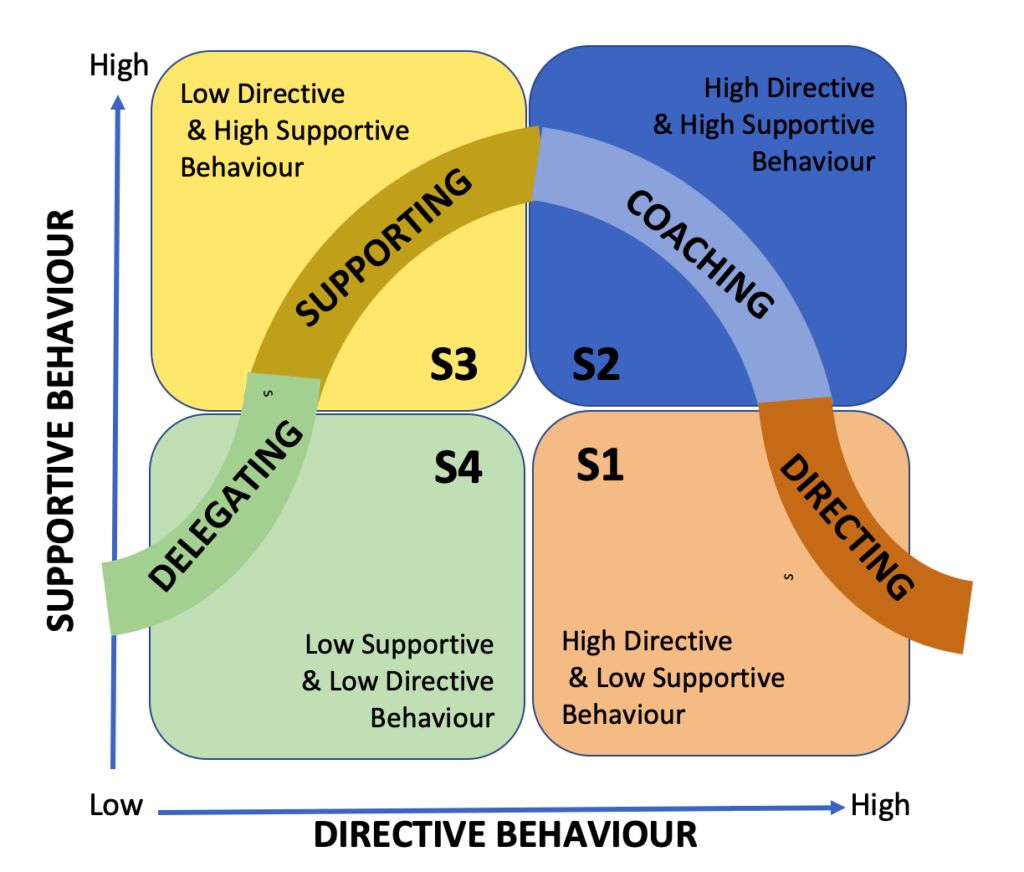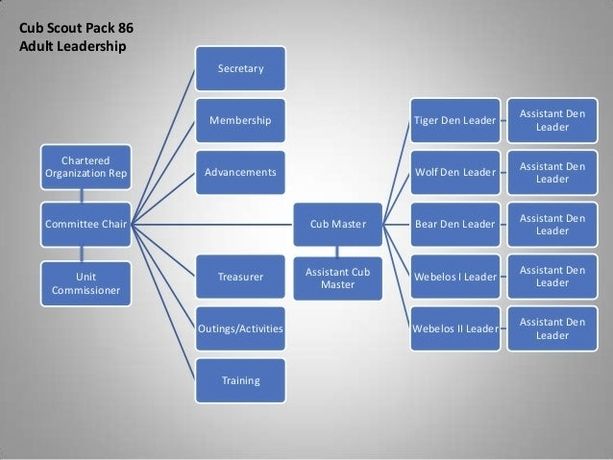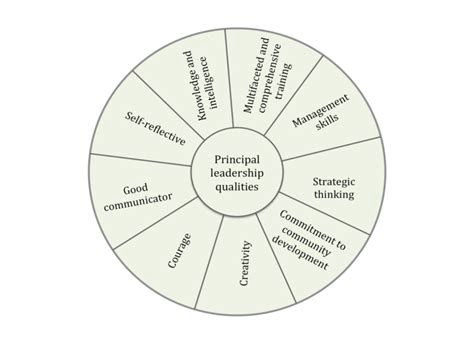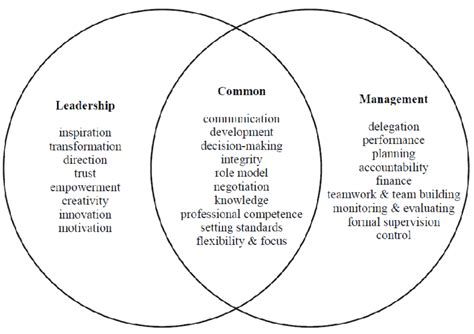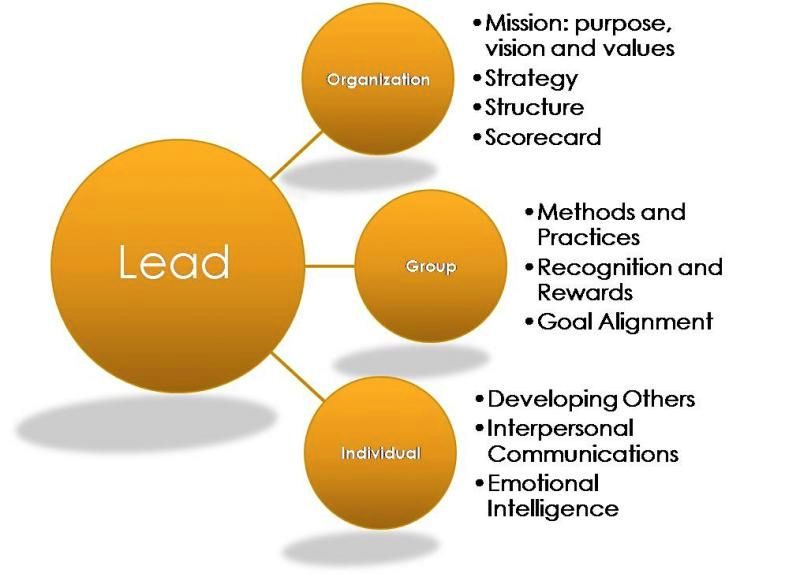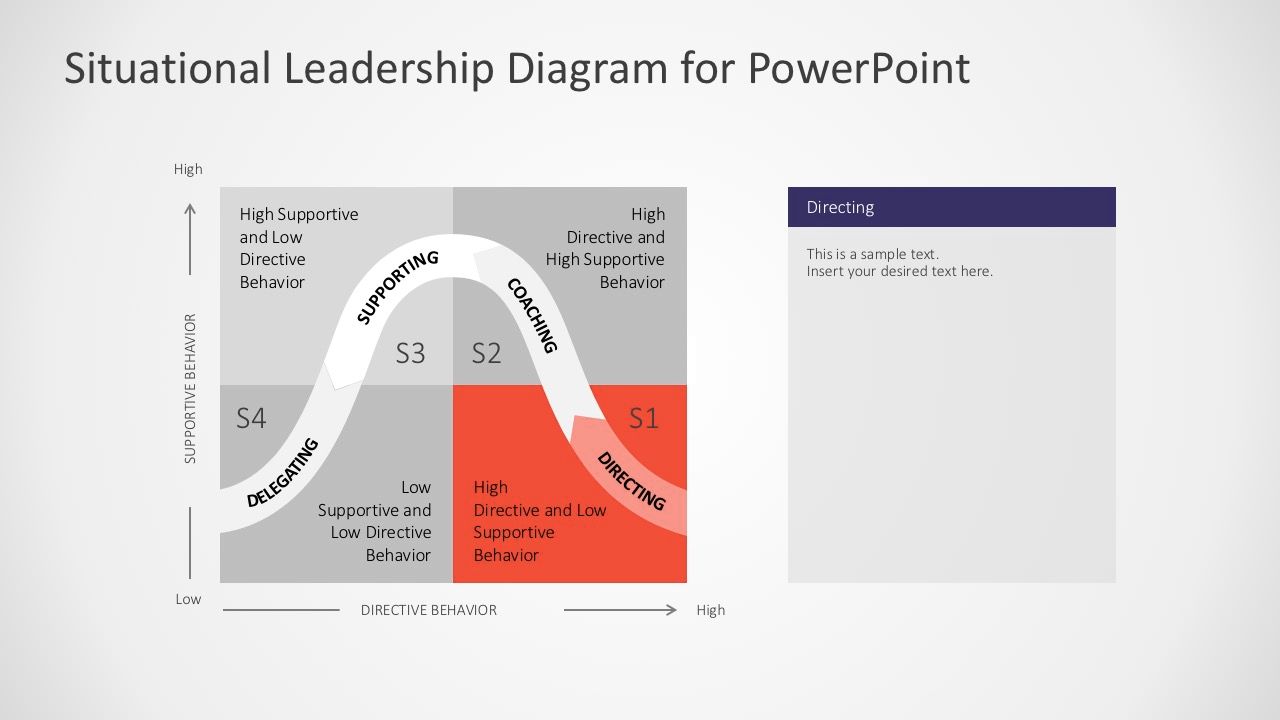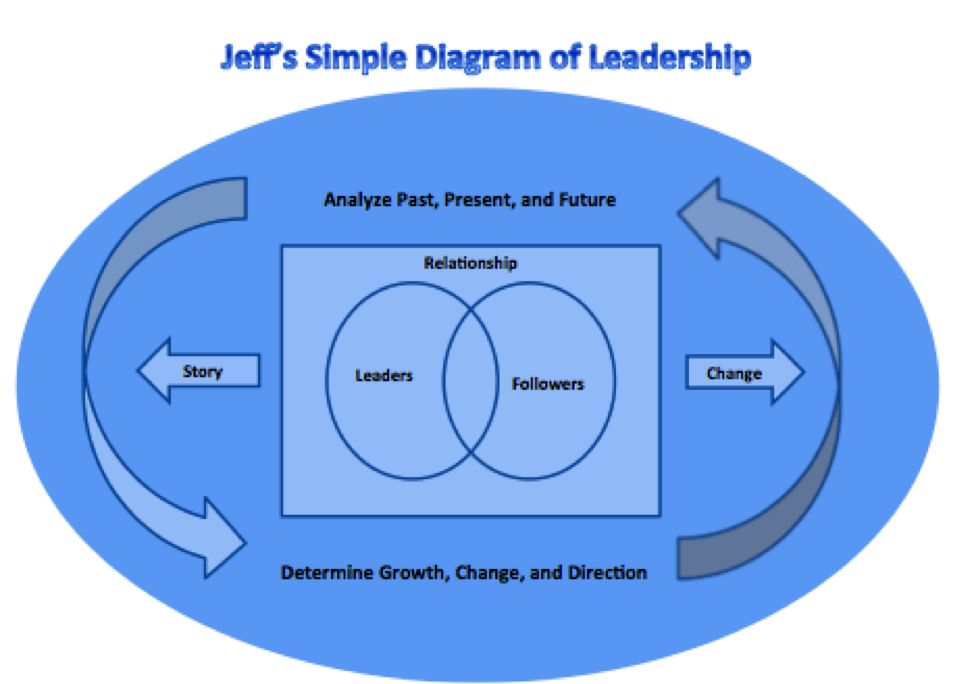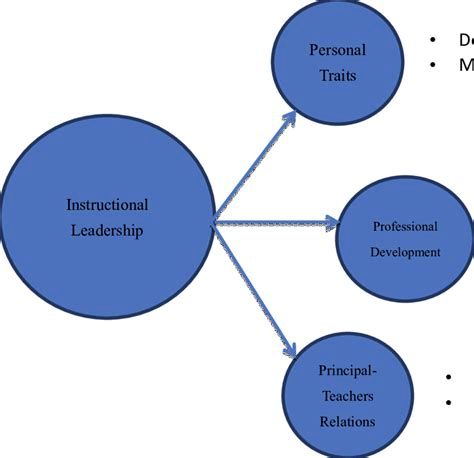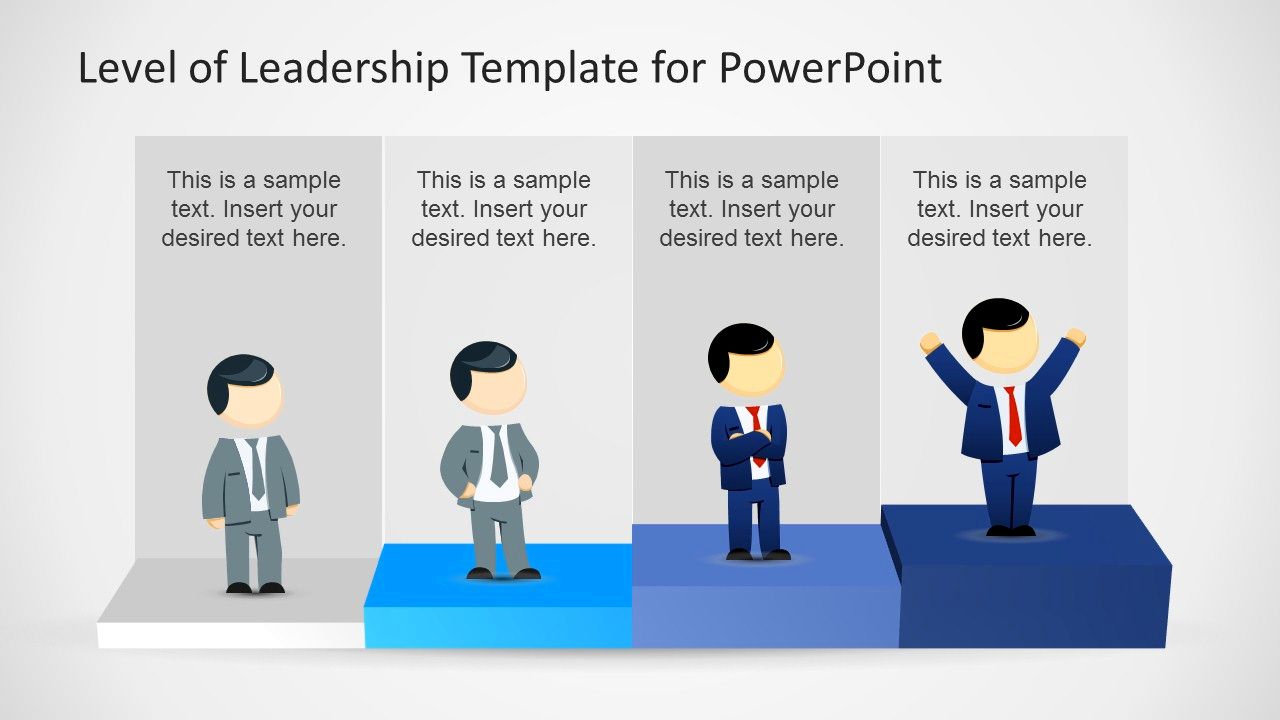Provide a tool for gaining shared understanding of team leaders’ roles/responsibilities Acknowledge that each team might intentionally have different dividing lines of leaders’ roles/responsibilities Add clarity for team leaders’ day-to-day (both for team leaders, and all other teammates) Voila! A Team Leader Venn Diagram:
Provide a tool for gaining shared understanding of team leaders’ roles/responsibilities Acknowledge that each team might intentionally have different dividing lines of leaders’ roles/responsibilities Add clarity for team leaders’ day-to-day (both for team leaders, and all other teammates) Voila! A Team Leader Venn Diagram:
Each of the circles represents a different category of data. The overlapping parts of the circles show where those categories of data have something in common. The overlapping area is called the “intersection”. When you have multiple sets of data to represent, you can create a three circle, four circle or even five circle Venn diagram.
